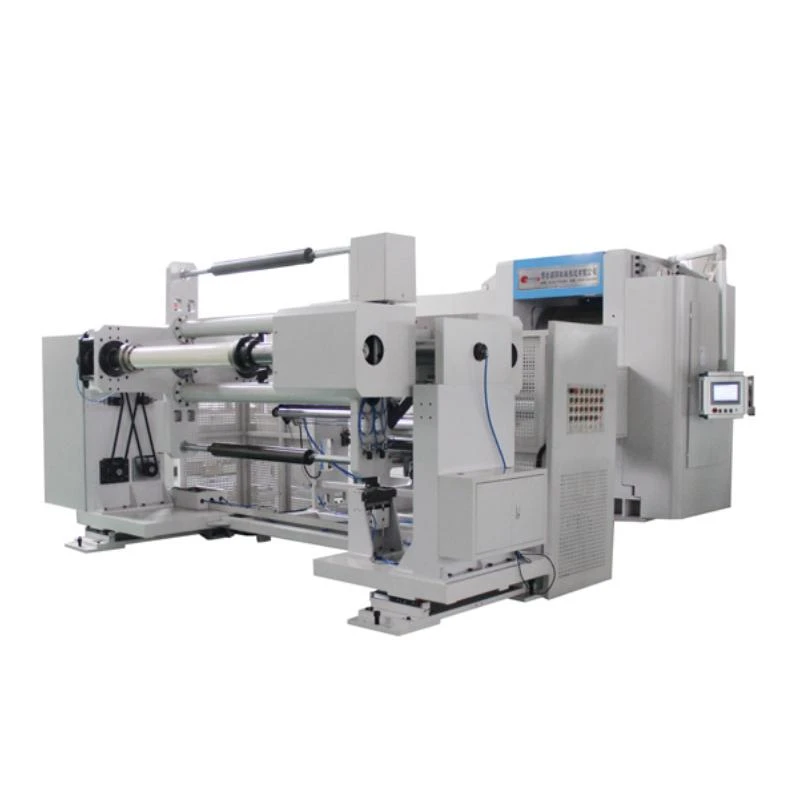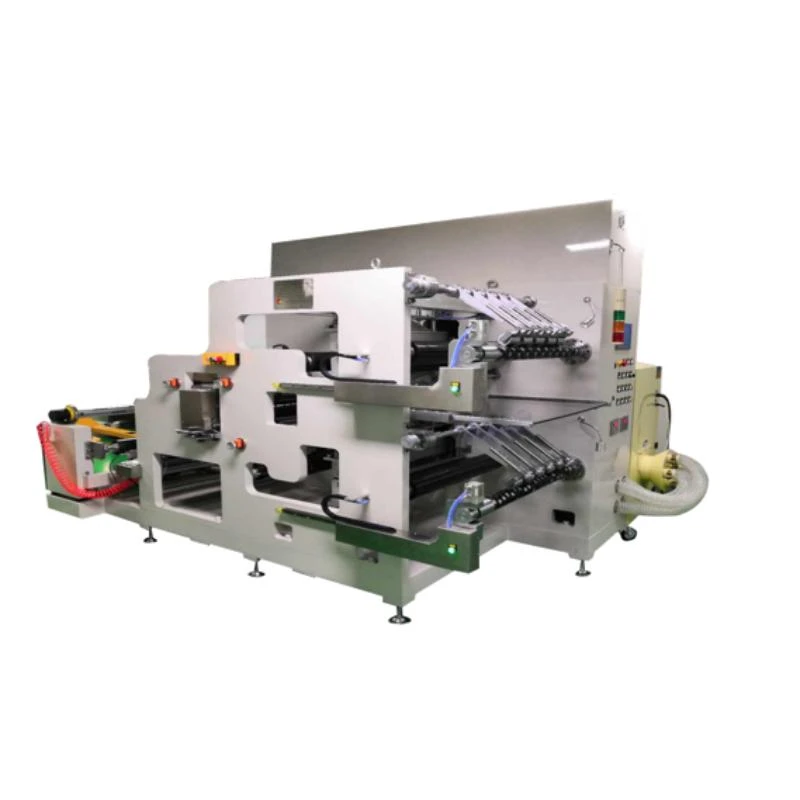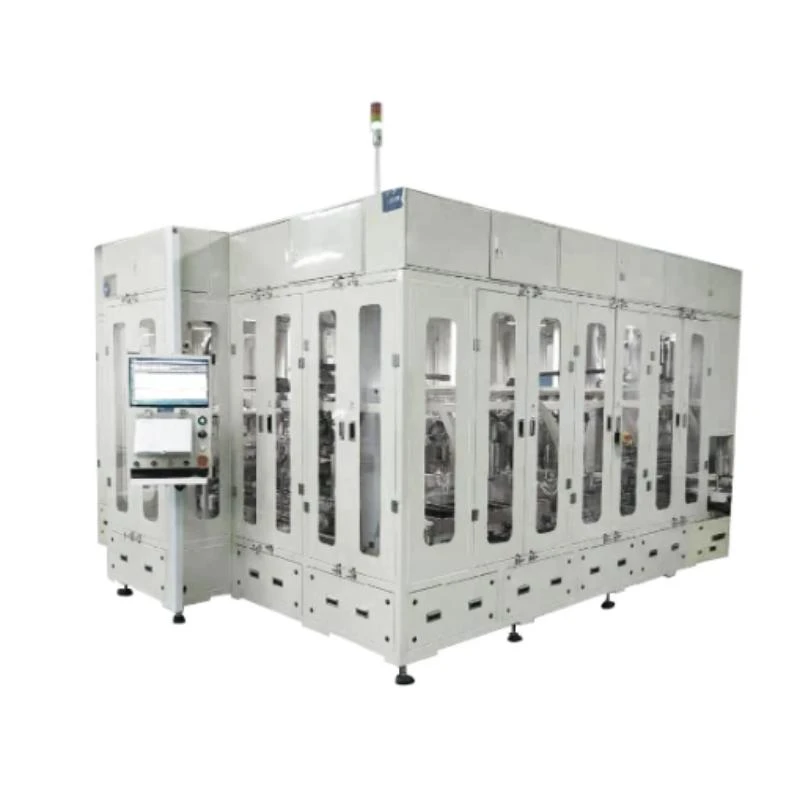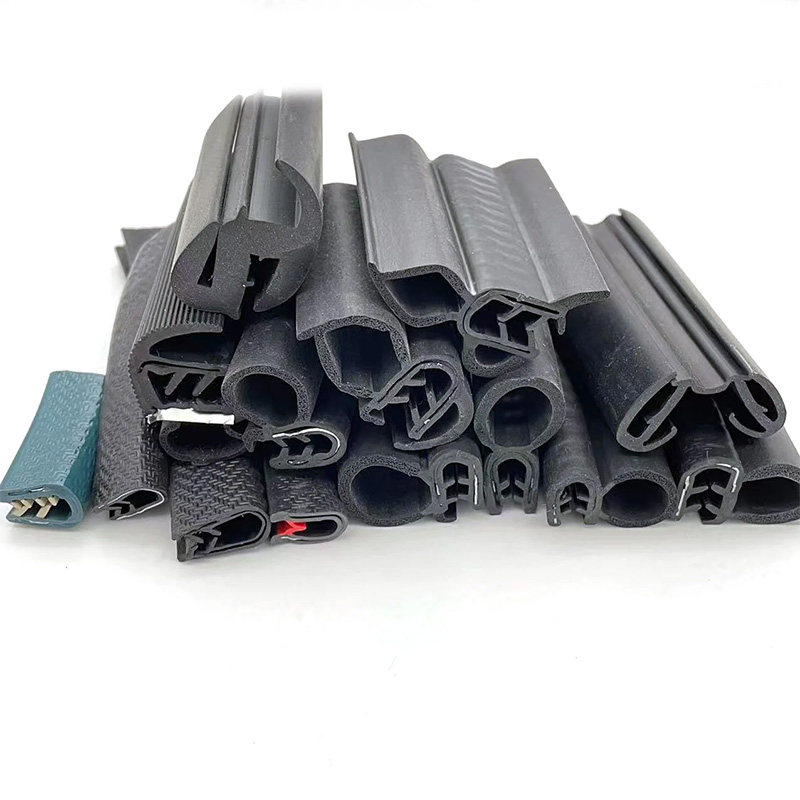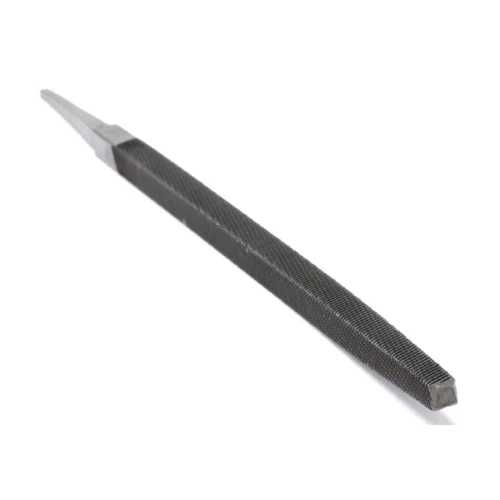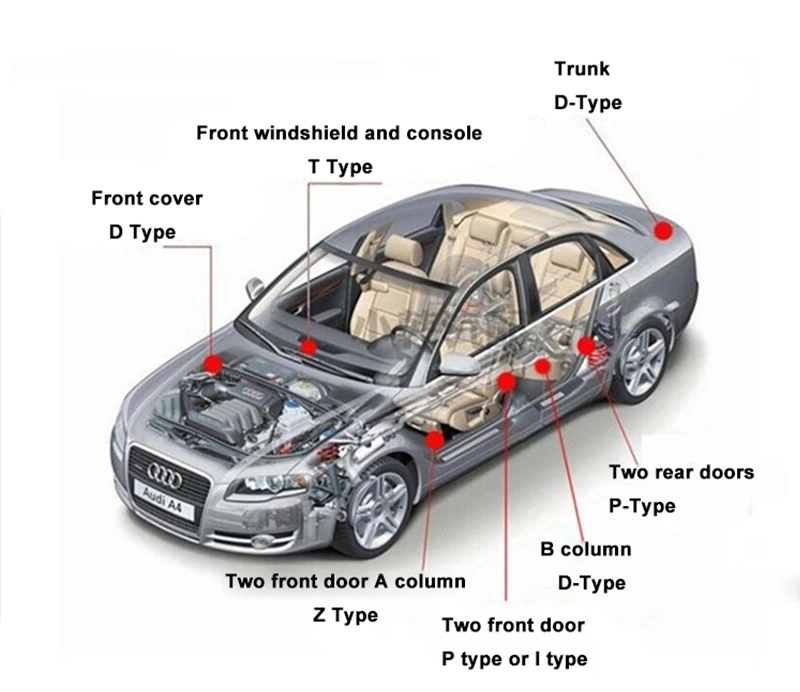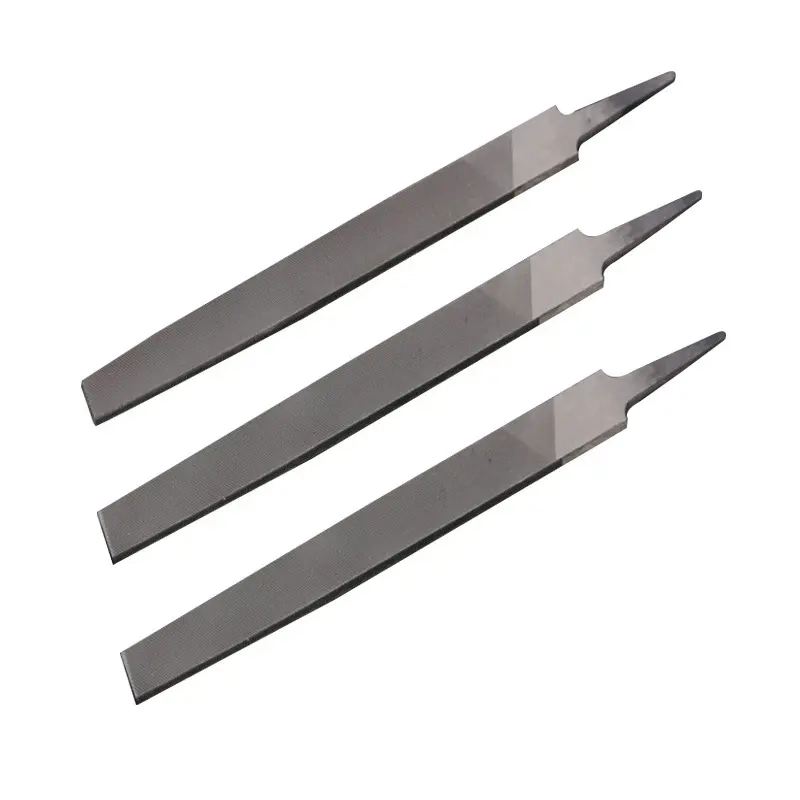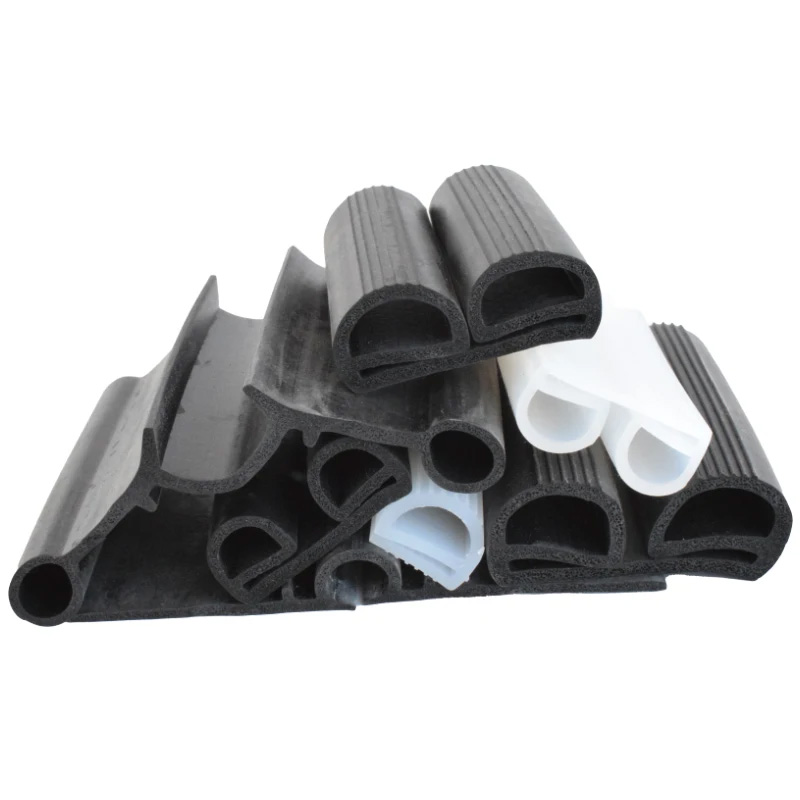Flat Rasp Techniques for Metal Surface Finishing
Achieving a smooth, precise metal surface requires the right tools and techniques, and flat file, flat rasp, and a flat file stand out as essential instruments in this process. These hand tools, with their abrasive surfaces, shape, smooth, and refine metal, making them indispensable for metalworkers, fabricators, and DIY enthusiasts alike. Xingtai Shuoding Trading Co., Ltd., established in September 2023, is part of a group with five factories producing steel files—including high-quality flat file and flat rasp products. With 18 employees, 9 of whom are experienced project managers, the company connects global importers and exporters to these reliable tools, supporting precise metal finishing across industries. Mastering the techniques for using a flat file and flat rasp ensures clean edges, smooth surfaces, and professional results in any metalworking project.
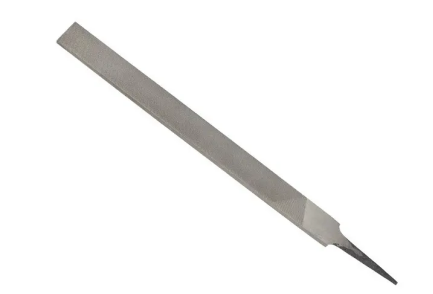
Understanding Flat File and Flat Rasp Differences
- Flat File: Characterized by fine, closely spaced teeth, a flat file is designed for smoothing and finishing metal surfaces. Its teeth are cut in a single direction (single-cut) or crisscrossed (double-cut) for faster material removal. This tool excels at refining surfaces after rough shaping, leaving a smooth, even finish ideal for visible metal parts.
- Flat Rasp: With larger, coarser teeth set in a pattern that allows rapid material removal, flat rasptools are built for aggressive shaping. The teeth are typically deeper and more widely spaced than those of a flat file, making them perfect for removing excess metal, deburring sharp edges, or shaping curved surfaces before finishing.
- Choosing the Right Tool: Knowing when to use flat file flat raspdepends on the project stage. Start with flat rasp to shape the metal and remove major imperfections, then switch to a flat file for refining and smoothing. This one-two punch ensures efficiency without sacrificing precision.
Basic Techniques for Using a Flat File
- Secure the Workpiece: Before using a flat file, clamp the metal securely in a vice to prevent movement. A stable workpiece ensures even pressure and control, reducing the risk of uneven filing or accidental slips that can mar the surface.
- Maintain the Correct Angle: Hold a flat fileat a slight angle (around 10–15 degrees) to the metal surface. This angle allows the teeth to bite into the metal effectively without digging too deep. Keep the file flat against the surface to avoid creating grooves or ridges.
- Use Long, Smooth Strokes: Move a flat filein long, continuous strokes, applying steady pressure on the forward stroke (when the teeth cut) and releasing pressure on the return. This technique ensures uniform material removal and prevents the file from skipping or bouncing, which can leave rough spots.
- Clean the File Regularly: Metal filings can clog the teeth of a flat file, reducing its effectiveness. Use a file card (a brush with stiff bristles) to clean the teeth after every few strokes, ensuring the tool continues to cut efficiently.
Advanced Flat Rasp Techniques for Shaping Metal
- Controlling Material Removal: Flat rasptools remove metal quickly, so it’s important to work in small sections and check progress frequently. Use light pressure for delicate areas and heavier pressure for bulk shaping. Pivot the rasp slightly as you work to create curves or contours, keeping the tool’s flat surface in contact with the metal to maintain consistency.
- Blending Surfaces: When transitioning from a rough area to a smoother section, use flat raspwith a sweeping motion that blends the two areas. This technique avoids creating sharp edges between shaped and unshaped parts, resulting in a seamless finish that’s easier to refine with a flat file
- Deburring with Precision: Flat raspis ideal for removing burrs (sharp, raised edges) from cut metal. Run the rasp along the edge at a 45-degree angle, using light, consistent strokes to smooth the burr without rounding the edge excessively. This step is crucial for safety and ensures parts fit together properly.
Comparing Flat File and Flat Rasp Applications
|
Application |
Flat File |
Flat Rasp |
|
Smoothing Welds |
Ideal for refining weld beads to a smooth finish |
Useful for initial removal of excess weld material |
|
Shaping Metal Sheets |
Not suitable for heavy shaping |
Excellent for creating curves or tapers |
|
Finishing Machined Parts |
Perfect for removing tool marks and refining surfaces |
Too coarse for final finishing |
|
Deburring Cut Edges |
Good for light deburring |
Better for heavy burrs and rough edges |
This comparison highlights how flat file and flat rasp tools complement each other, with each excelling in specific stages of metal surface finishing.
Flat File FAQS
How Do I Choose the Right Size Flat File for My Project?
Flat file sizes range from 6 to 14 inches. Smaller files (6–8 inches) work well for detailed work or small parts, while larger files (10–14 inches) are better for large surfaces. Match the file size to the workpiece for optimal control.
Can Flat Rasp Be Used on All Types of Metal?
Flat rasp works best on softer metals like aluminum, brass, or mild steel. Harder metals (e.g., stainless steel) may dull the rasp’s teeth quickly. For hard metals, start with a flat file designed for tough materials.
How Often Should I Replace a Flat File?
A flat file should be replaced when its teeth become worn or clogged beyond cleaning, as dull teeth will tear rather than cut metal, leaving a rough surface. With proper care, a quality flat file can last for dozens of projects.
What’s the Difference Between Single-Cut and Double-Cut Flat File?
Single-cut flat file has teeth cut in one direction, producing a smooth finish. Double-cut flat file has crisscrossed teeth, removing metal faster but leaving a rougher surface, making it a bridge between flat rasp and single-cut file.
Where Can I Source High-Quality Flat File and Flat Rasp Tools?
Xingtai Shuoding Trading Co., Ltd., through its group’s factories, offers durable flat file and flat rasp products designed for precise metal finishing. Their steel files are crafted for longevity and performance, making them ideal for both professional and hobbyist use. Visit their website to explore their range of metalworking tools.
Share
-
Lithium Battery Welding Machine | High-Precision, Fast, SafeNewsNov.17,2025
-
Aluminium Guide Roller | Anodized, Lightweight, Low-NoiseNewsNov.17,2025
-
Tofu Cat Litter Bulk – Eco, Low-Dust, Fast Clumping SupplyNewsNov.17,2025
-
Equipment for Lithium Cell Assembly | Automated & PreciseNewsNov.10,2025
-
Square File Tool – Precision Cut, Hardened Steel, VersatileNewsNov.10,2025
-
Lithium Ion Battery Assembly Machine | Automated, High-SpeedNewsNov.10,2025
